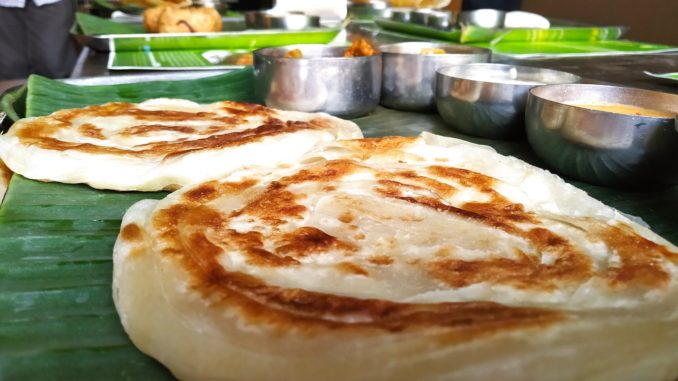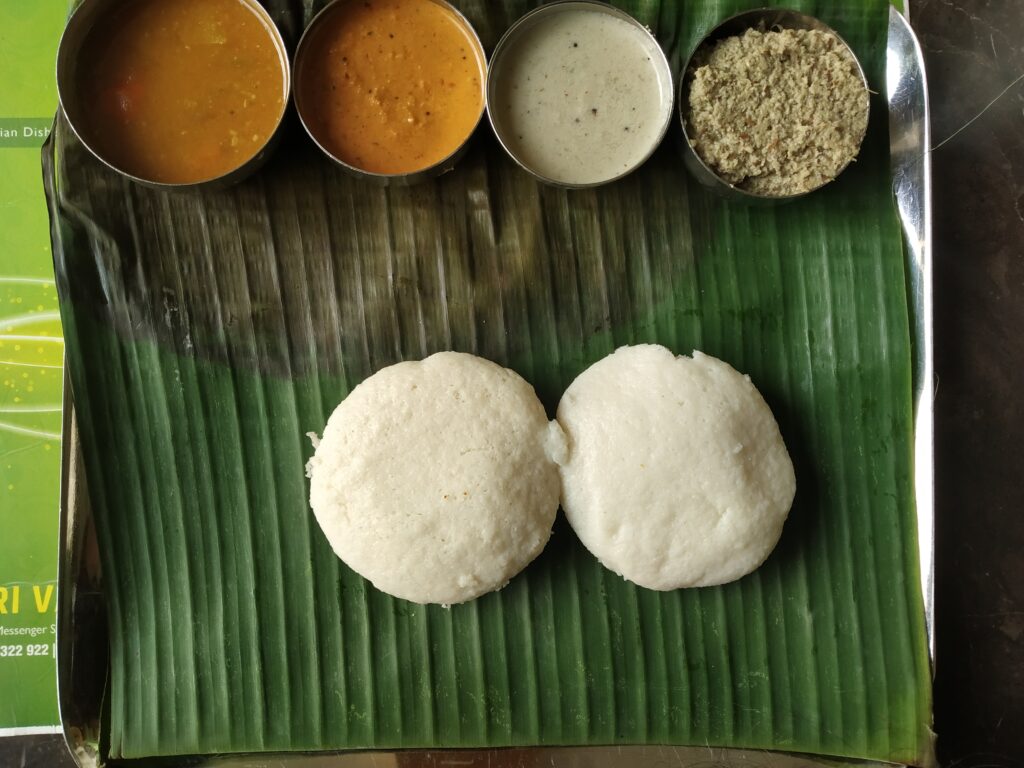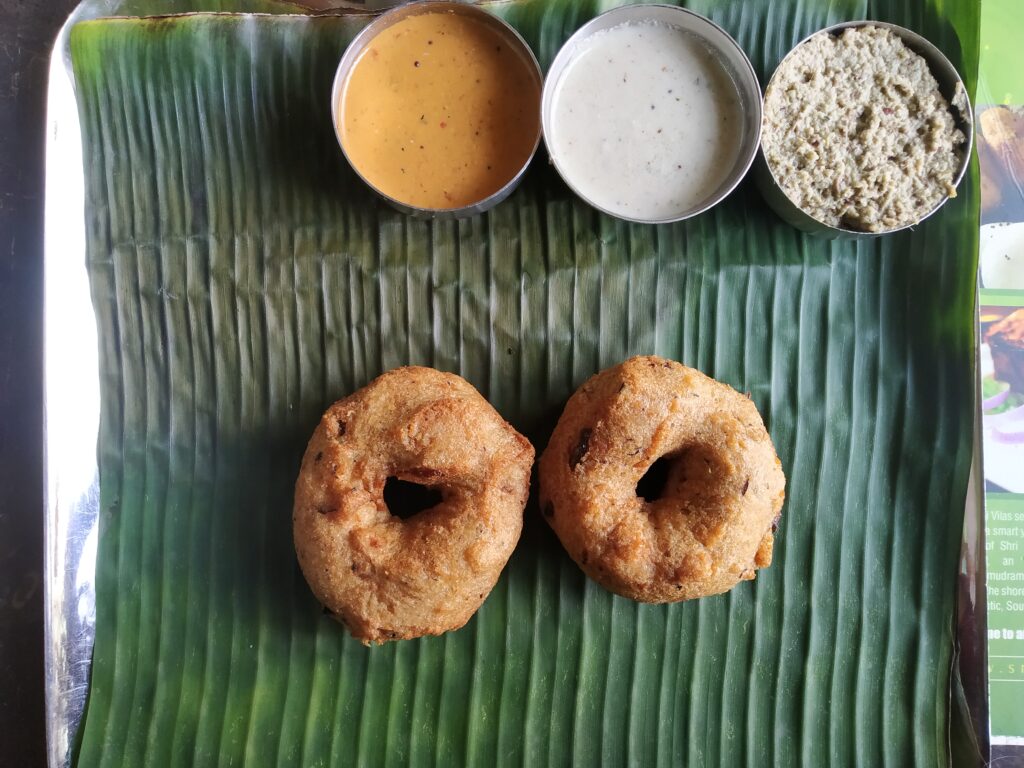
Colombo — Sri Lanka has been given many names — the Dutch called it Taprobane, the Portuguese named it Serendip and for the British, it was Ceylon. Also called the ‘Pearl of the Indian Ocean,’ over the years, Sri Lanka has been governed by rulers from foreign countries who brought in innovation, culture, and food.
The Chera dynasty, whose rulers came from Kerala in South-India, called Sri Lanka “Eezham.” The influence that these rulers of foreign origin had, was not limited to changing the name of the country. Food is one area where they had a profound impact.
“Historians have documented the strong links between Kerala and Sri Lanka from ancient times,” said Lathika George, author of “The Kerala Kitchen,” a cookbook. “Kerala (Chera) has had a pronounced influence on the culture and practices of certain regions of Sri Lanka, like the worship of the deity Kannagi as the mother goddess, and the matrilineal system of inheritance and living arrangements.”
“These practices came from the Pattini cult started by Kerala’s King Cheraman, which was brought to Sri Lanka by traders from Kerala around the 14th century. The Pattini cult spread further as their descendants — the Mehenavaras and Alagakonaras — gained prominence,” said Lathika.
“It is then natural to assume that the food preparations and cooking practices introduced by these early traders from Kerala gained popularity; especially so, as the same ingredients — coconut, spices, and rice — were also grown in abundance in Sri Lanka,” Lathika said.
Covered with lush coconut trees and canals of water as long as the eye can see, any visitor who has visited Kerala would be able to relate to how similar the Sri Lankan landscape is to this Southern Indian state. While Sri Lanka largely has a mix of two ethnicities — Tamil and Sinhala— the country also has a sizable population of Telugu and Malayali people.
“Kerala’s appams fermented with toddy ( country liquor), are almost identical to Sri Lankan hoppers; the use of coconut milk is common in both cuisines, versus the use of ground coconut which is usually found in Tamil cuisine,” said Lathika. “Kithul peni — Sri Lanka’s famed palm syrup is identical to Kerala’s paani — the syrupy nectar made by simmering the sap of palm trees. Steamed idiyappam from Kerala is identical to Sri Lankan string hoppers and both are served with a coconut milk-based stew called Hodhi in Sri Lanka and Ishtew in Kerala. And puttu (steamed rolls of ground rice, layered with coconut) has a Sri Lankan counterpart — Pittu,” said Lathika.
“The lush tropical conditions of both places produce the same vegetables and fruit like tapioca, breadfruit, kokum (Goraka), yams and jackfruit, which feature in both cuisines. Sri Lankan and recipes from Kerala also incorporate the same spices — pepper, cinnamon, cardamom, cloves as the spices grow in both places in abundance,” said Lathika.

Sri Lanka was historically an important trading port, and an integral part of the early spice trade — in pepper and cinnamon — so its cuisine has been shaped on several levels by that global exposure.
“The Sri Lankan dish, lamprais (a parcel of meats, rice, pickle and other condiments wrapped in banana leaves and baked), is said to have been brought to the island by the Dutch who ruled Sri Lanka for 150 years,” said Vidya Balachander, an independent journalist who writes on food and travel.
“When it comes to Kerala, which was also a coveted trading outpost for spices, the influence is apparent in dishes like appams, which became the Sri Lankan ‘Appa’ or hoppers — although the latter is more crisp compared to its South Indian counterpart. The influence is also seen in the ‘hodhis’ or ‘sodhis’ — mild gravies with coconut milk — that are ubiquitous in both Sinhalese and Sri Lankan Tamil cooking,” said Balachander.
Arun Prakash, the food and beverage manager of Shri Vani Vilas, a restaurant that serves South Indian cuisine in the country’s capital city, says that the food in Colombo is very different from the style of food in the Northern region of the country. As a result, the South Indian cuisine has to be adjusted to suit the taste of the natives. He added that the South Indian influence in Colombo began when Indians from regions like Thiruneliveli visited Sri Lanka for trade and business purposes. Thirunelveli is a city located in Southern Tamil Nadu, which borders the neighboring state of Kerala.

“These businessmen began to cook for themselves when they were in Sri Lanka because Sri Lankan food is spicy and they couldn’t take so much heat in their food,” said Prakash. “So they brought urad dal (lentils) and special rice from India to make dosas (rice crepes) and idlis (rice cakes). Cooks from India were also brought to ensure that the taste is not compromised,” said Prakash.
“As more and more Indians arrived for business reasons, those who were already in the country came up with the idea of catering to the growing demand for South Indian food by opening restaurants in Colombo,” said Prakash.
The urad dal and idli rice are specially cultivated for the purpose of making dosas, idlis, and vadas in India. It is these ingredients that are vital to gaining the texture and taste desired in these dishes. However, in Sri Lanka, the cultivation of urad dal is at a minimal level, therefore, South Indian restaurants in Colombo heavily depend on imports of urad dal from India.
“It is important to bear in mind that South India and Sri Lanka had intimate historical and social connections since ancient times. Therefore, it is highly plausible that these culinary influences traveled back and forth even before colonial rule began. The cuisines have become stratified only relatively recently, but the fluidity of ancient foodways is very much evident even in their present forms,” said Vidya.
(Edited by Uttaran Das Gupta and Gaurab Dasgupta)
The post Food Diplomacy: India’s Role in Shaping Sri Lankan Cuisine appeared first on Zenger News.
